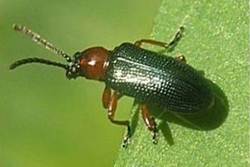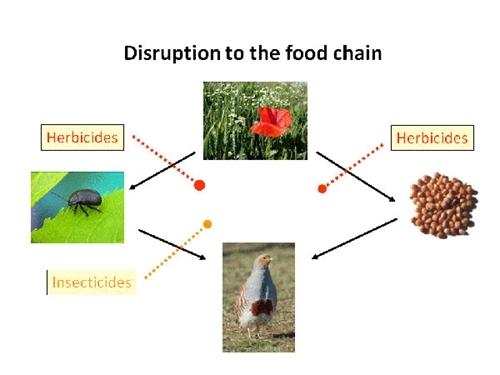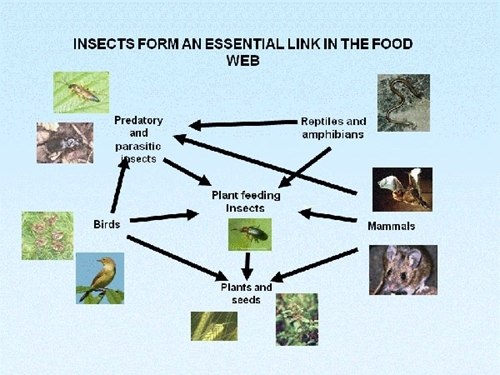 Farmland is home to hundreds of plant and thousands of animal species, many of which are highly dependent on each other forming a complex food web. This was first revealed by our early work on the grey partridge in Sussex.
Farmland is home to hundreds of plant and thousands of animal species, many of which are highly dependent on each other forming a complex food web. This was first revealed by our early work on the grey partridge in Sussex.
The population of grey partridge was partially dependent on the survival rate of the chicks, which in turn depended on them sourcing enough protein-rich insects.
The insects that were most important to the chicks were largely weed-feeding species, and as a consequence, insect abundance was controlled by the management of the crop, but especially by the levels of herbicide inputs.
Thus, herbicides were identified as causing an indirect effect on the number of insects within the crop, but also ultimately on the population of grey partridge. Herbicides also reduce the abundance of vegetation and weed seed that are important food sources for insects, birds and small mammals.
The indirect effects of pesticides are now a recognised phenomena and along with direct effects are considered responsible for the decline of many other farmland birds because all of them, with the exception of pigeons and doves, feed their young insects during the first few weeks (bird diets).

Besides pesticide inputs, many other farming practices can also affect farmland wildlife, but the most important are the choice of crops, their rotation along with spatial arrangement across the landscape and intensity of soil cultivations (sustainable farming).
The type crop and its management affects the abundance of weeds and invertebrates and consequently the food available to farmland birds. If sufficient food is not available within the crop it may be necessary to provide additional non-crop habits that provide adequate foraging resources. As part of our extensive monitoring studies we have measured the abundance of insects in a range of crops using a Dvac suction sampler.
Converting the counts of invertebrates to the grey partridge a chick food index (CFI) provides some indication as to whether sufficient invertebrate food is available. The target is a CFI of 0.7 as this is the level needed to maintain a stable population of grey partridge, however, this is rarely achieved in any arable crop (Holland et al., 2012). The target CFI is more often attained in the uncropped land, although the type and management has an impact. The uncropped land allows a greater range of species to survive by providing a range of resources and functions.

Further reading
- Holland, J.M., Hutchison, M.A.S., Smith, B. and Aebischer, N.J. (2006). A review of invertebrates and seed bearing plants as food for farmland birds in Europe. Annals of Applied Biology 148, 49-71.
- Holland, J.M., Smith, B.S., Southway, S.E., Birkett., T.C. & Aebischer, N.J. (2008). The effect of crop, cultivation and seed addition for birds on surface weed seed densities in arable crops during winter. Weed Research 48, 1-9.